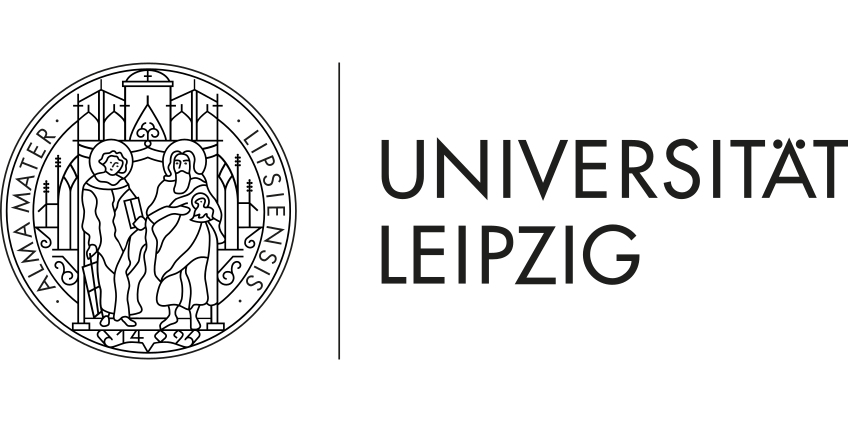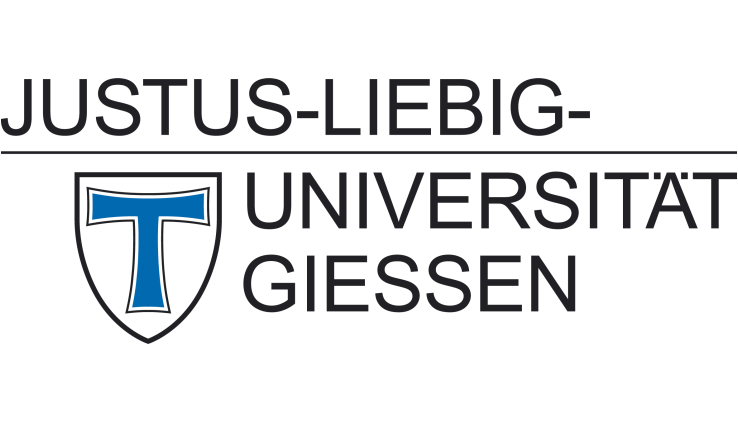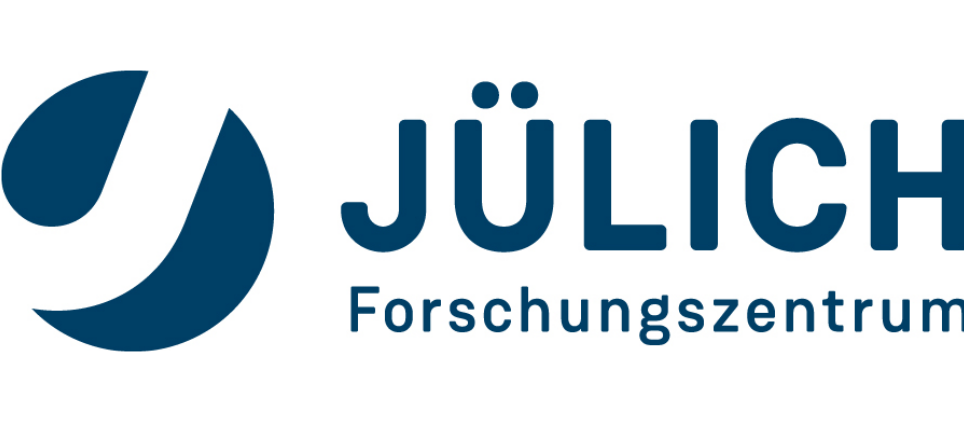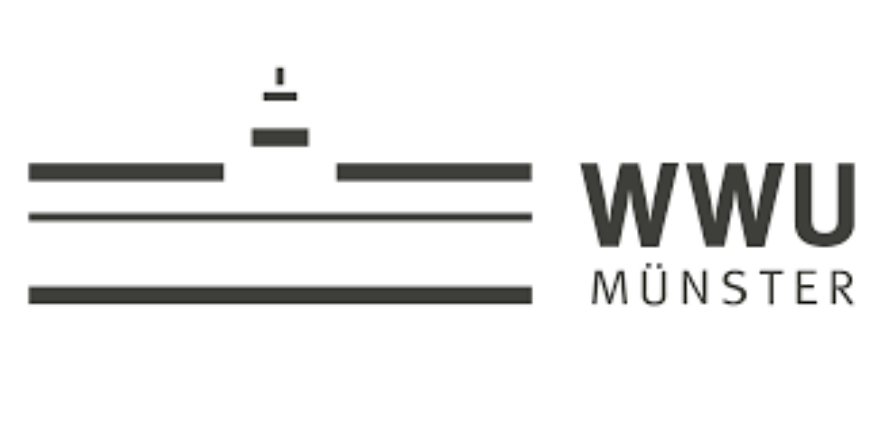At the 7th Joint BER II and BESSY II User Meeting in Berlin, Michael Klues, Ph.D. student in SFB-project A2 of Prof. Dr. Gregor Witte, won this year’s poster prize.
 In his poster Michael Klues presented results of a combined experimental and theoretical study on the NEXAFS signature of perfluorinated acenes. The detailed understanding of these data will enable the future analysis of more complex spectra, arising from samples containing two or more different molecular specimen for instance in organic/organic interfaces which are in the scope of SFB 1083. The project was realized in cooperation with members of Prof. Dr. Robert Berger’s group in SFB-project B8 from the chemistry department.
In his poster Michael Klues presented results of a combined experimental and theoretical study on the NEXAFS signature of perfluorinated acenes. The detailed understanding of these data will enable the future analysis of more complex spectra, arising from samples containing two or more different molecular specimen for instance in organic/organic interfaces which are in the scope of SFB 1083. The project was realized in cooperation with members of Prof. Dr. Robert Berger’s group in SFB-project B8 from the chemistry department.
7th Joint BER II and BESSY II User Meeting: The conference brings together the international user communities of the two HZB large scale research facilities to enable presentation and discussion of results obtained with neutrons and synchrotron radiation. Especially the latter is of interest for projects within SFB 1083 since many questions can experimentally only be addressed by synchrotron radiation based methods.
Poster “Gaining deeper insight into the electronic structure of extended aromatic molecules by NEXAFS” by M. Klues, T. Breuer, P. Jerabek, M. Oehzelt, R. Berger, and G. Witte (Philipps-Universität Marburg) – The 7th Joint BER II and BESSY II User Meeting Dec 9-11, 2015, Berlin Adlershof, Germany.
See also press release (in German) of the Helmholtz Zentrum Berlin.
 Prof. Michael Gottfried is honored with an SCS Lectureship 2016.
Prof. Michael Gottfried is honored with an SCS Lectureship 2016.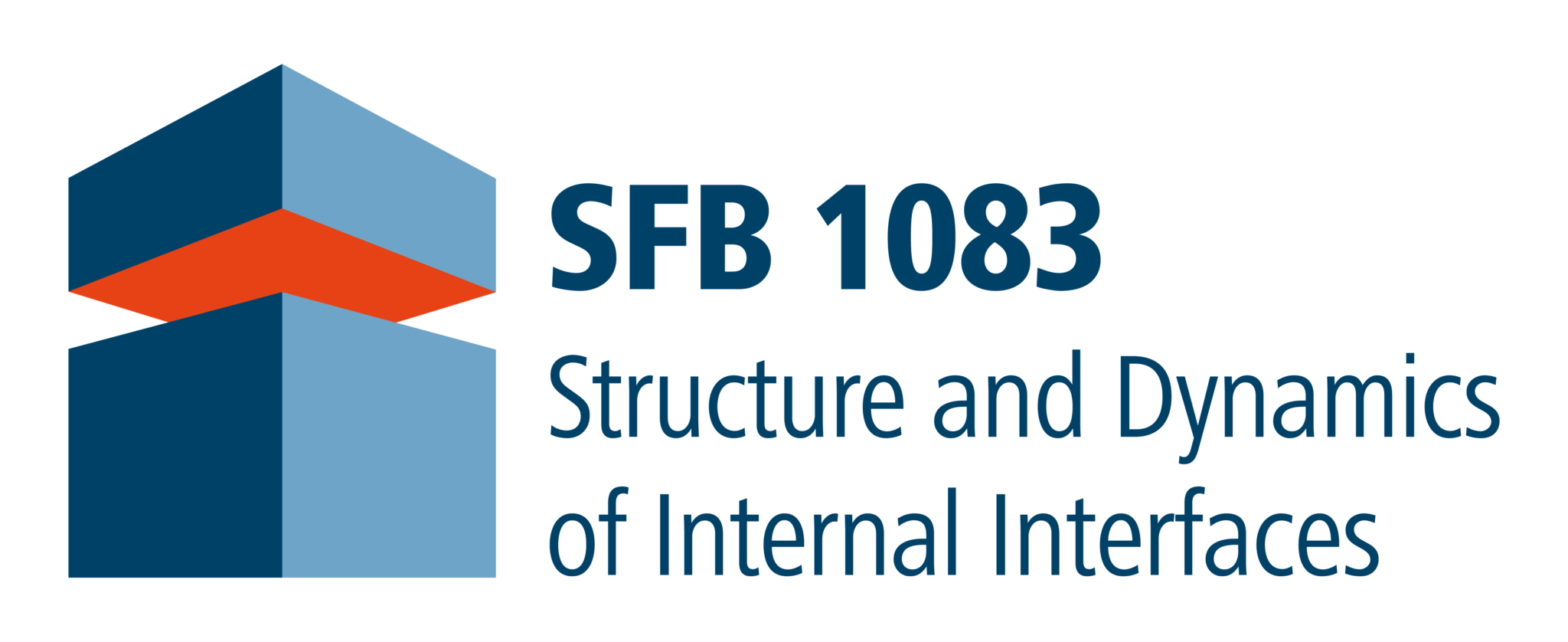
 In his poster Michael Klues presented results of a combined experimental and theoretical study on the NEXAFS signature of perfluorinated acenes. The detailed understanding of these data will enable the future analysis of more complex spectra, arising from samples containing two or more different molecular specimen for instance in organic/organic interfaces which are in the scope of SFB 1083. The project was realized in cooperation with members of Prof. Dr. Robert Berger’s group in SFB-project B8 from the chemistry department.
In his poster Michael Klues presented results of a combined experimental and theoretical study on the NEXAFS signature of perfluorinated acenes. The detailed understanding of these data will enable the future analysis of more complex spectra, arising from samples containing two or more different molecular specimen for instance in organic/organic interfaces which are in the scope of SFB 1083. The project was realized in cooperation with members of Prof. Dr. Robert Berger’s group in SFB-project B8 from the chemistry department.
 Prof. Dr. Mackillo Kira (left), Co-PI of project B4 “Microscopic theory of optical excitations in interface- dominated material systems”, has been elected Fellow of the APS in recognition “for contributions to theoretical semiconductor quantum optics”. His nomination came through the Division of Laser Science of the APS. See also:
Prof. Dr. Mackillo Kira (left), Co-PI of project B4 “Microscopic theory of optical excitations in interface- dominated material systems”, has been elected Fellow of the APS in recognition “for contributions to theoretical semiconductor quantum optics”. His nomination came through the Division of Laser Science of the APS. See also: 